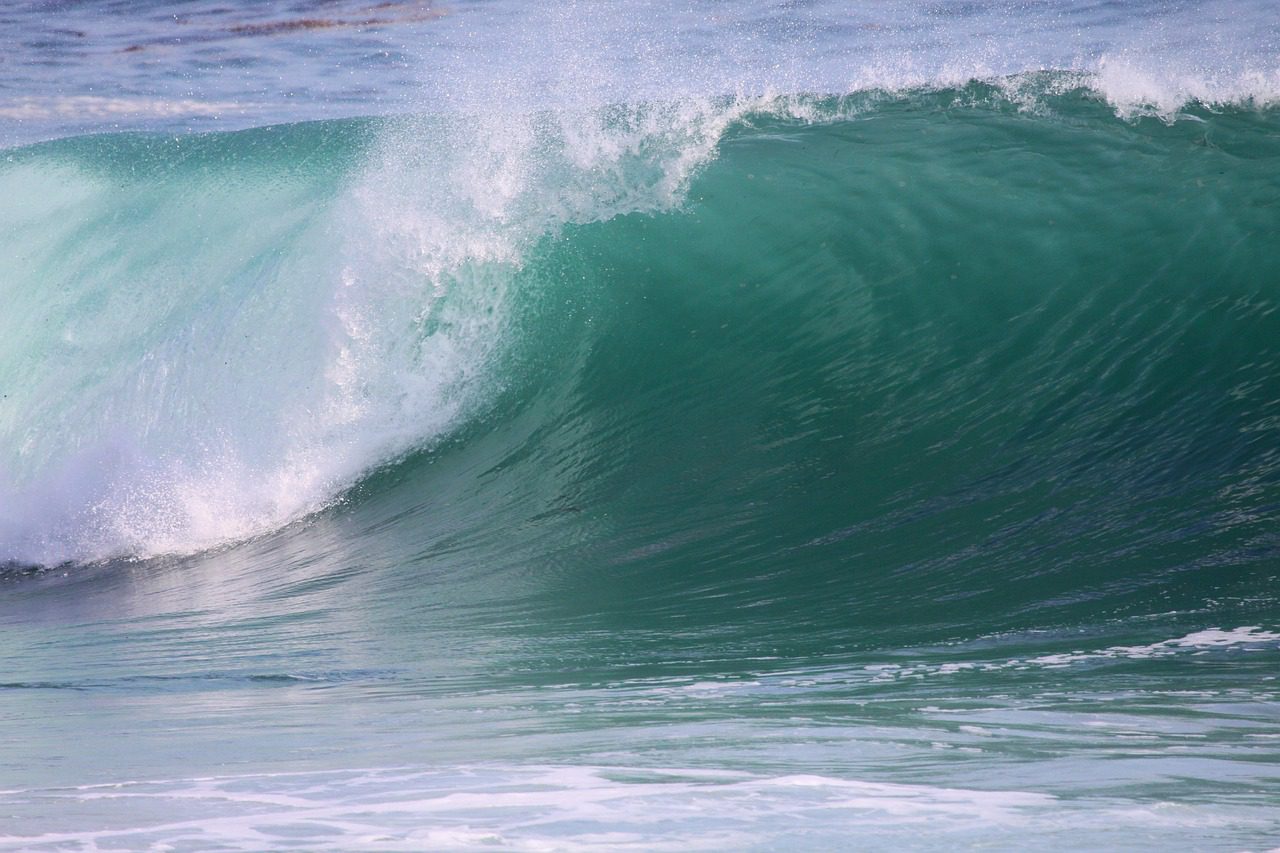Water supply watchdog says Equinox Center’s new report uncovered alarming trends in long-term water use in the county
SAN DIEGO, February 17, 2015 – San Diego Coastkeeper, which protects drinkable waters in San Diego County, says a county-specific report released today shows why mandatory water-use restrictions should be the new normal and that education and enforcement are necessary for success.
In its “H2Overview | San Diego County Residential Water Use Trends” report, Equinox Center examined water consumption levels at San Diego County Water Authority member agencies between fiscal years 2010 and 2014. According to its research, Equinox Center says that even after emergency drought conditions were declared, water consumption in the region rose. The report also shows that the overall increase in annual average residential water consumption per resident during the study period correlates with hotter-than-average annual mean temperatures and negatively correlates with a decrease in annual precipitation.
“Water-use trends uncovered in Equinox Center’s report don’t surprise us,” said Matt O’Malley, Waterkeeper for San Diego Coastkeeper. “This is why San Diego Coastkeeper has long advocated for mandatory conservation measures to change water-use habits– rules that should become the new normal for the region and that cities must enforce.”
Last week, Coastkeeper responded to California Governor Jerry Brown’s statement that he’s not ready to add to statewide restrictions. Coastkeeper acknowledged that the California State Water Board’s water-use restrictions in place since August 2014 seem to be working (San Diego County used 27 percent less water in December 2014 than it did last December), but the new data released by Equinox Center show the real battle comes with sustaining these short-term results to achieve long-term conservation.
“We need to use less while we create new reliable and environmentally sustainable local water supplies, and we need to couple those efforts with adequate enforcement against water waste,” says O’Malley.
Sadly, says O’Malley, in our Mediterranean climate, about half of the region’s residential water use is outside the home. This is why Coastkeeper says that residents and building and landscaping industries must turn to drought-tolerant and edible landscaping.
Additionally, San Diego County is at the end of two very important pipelines: the Sacramento-San Joaquin Bay Delta in the north and the Colorado River to the east. The City of San Diego just approved Pure Water to generate 83 million gallons a day of clean, local water to replace imports; and coalitions in the north and south of the county are discussing similar efforts. With state drought funds offered for large-scale projects, cities should focus on new and expanded potable reuse projects.
At the end of the day, says Coastkeeper, the solutions to San Diego County’s long-term water supply issues require diversified local water supply sources–such as water capture, reuse and recycling–that start with sustained conservation and enforcement aimed at efficiency.
###
SAN DIEGO COASTKEEPER: Founded in 1995, San Diego Coastkeeper protects and restores fishable, swimmable and drinkable waters in San Diego County. Visit us online at https://www.sdcoastkeeper.org
—













